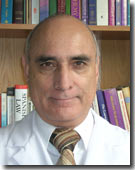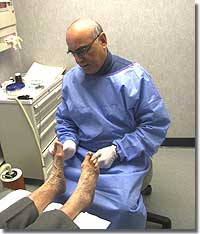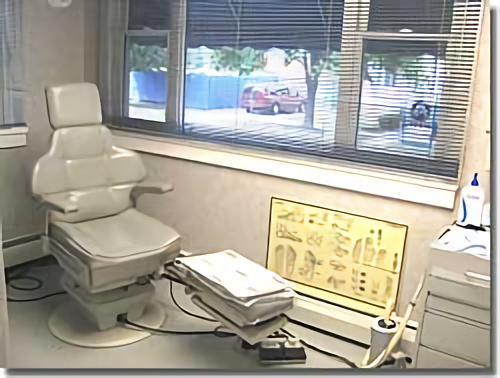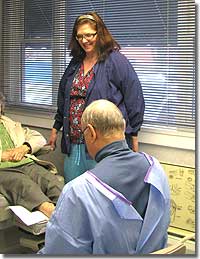Dr. Quezada: A Skilled and Experienced Podiatrist
Offering expert footcare services for Laredo, Texas, and the surrounding community for over 10 years
Our Podiatrist


Joseph M. Quezada, D.P.M.
About Podiatrists
Podiatrists specialize in diagnosing and treating disorders of the foot, ankle, and lower leg. A podiatrist holds a doctor of podiatric medicine (D.P.M.) degree, which is a 4-year degree received from one of seven podiatric medical schools in the United States. These schools offer courses similar to the ones given at medical schools where graduates earn M.D.s to become medical doctors.
Podiatrists need to have expertise in orthopedics, radiography, sports medicine, dermatology, and surgery. Some of the conditions that podiatrists treat are ankle injuries, bunions, calluses, neuromas, running injuries, and toe deformities. They are often the first health professionals to diagnose vascular problems that have previously gone unrecognized. Podiatrists also contribute significantly to the areas of diabetic foot care and wound healing.


What Is Board Certification?
Podiatrists certified by this board have:
Podiatrists certified by this board have passed written and oral examinations in:


A board-certified podiatrist completes the following educational training:
Where Do Podiatrists Work?
Podiatrists frequently consult with M.D. s and take emergency calls in hospitals. Many professional sports teams have podiatric surgeons as team medical experts, and many celebrities opt for treatment with podiatric surgeons.

